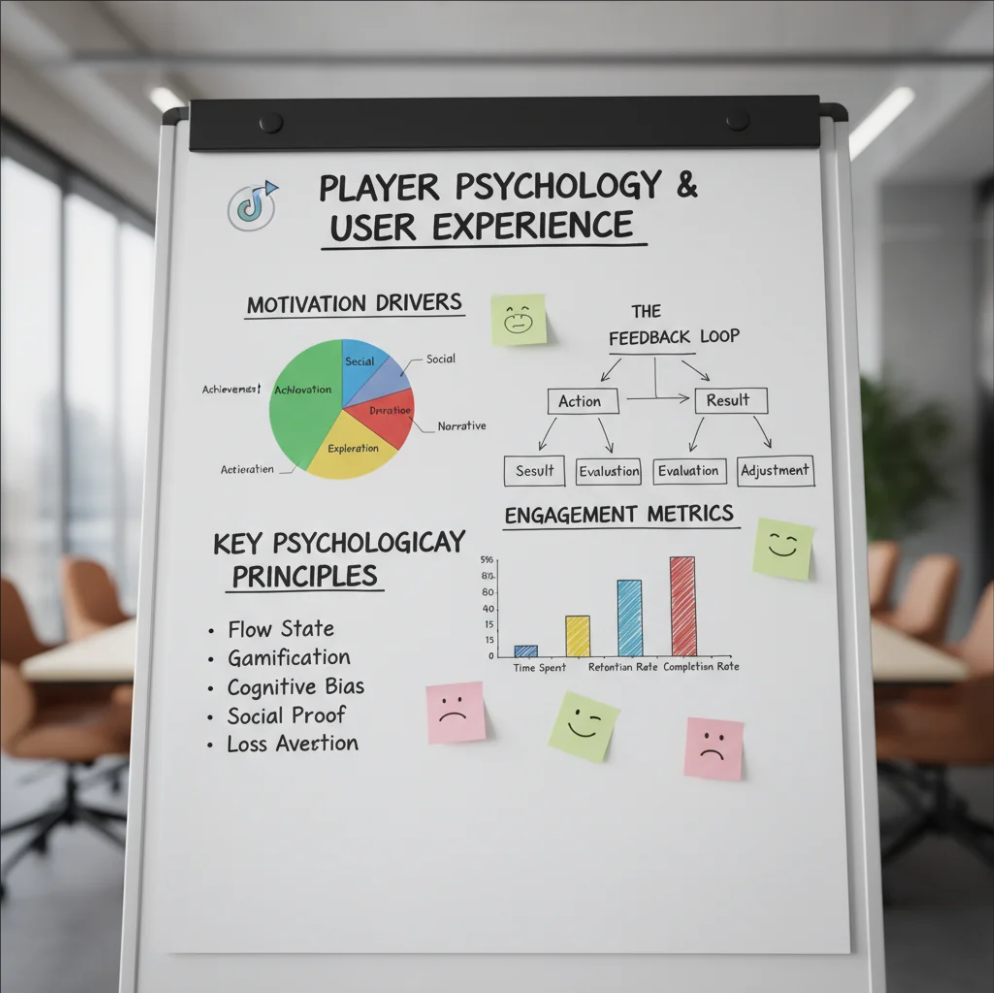
Behind every successful game lies more than great graphics or mechanics—it’s the player psychology that truly defines the user experience (UX). Game designers who understand human motivation, reward systems, and behavior patterns can create experiences that feel both exciting and rewarding.
The Psychology of Motivation
Players engage with games for different reasons:
- Achievement: Unlocking rewards, completing levels, and mastering challenges.
- Social Connection: Interacting with friends, joining guilds, and competing in leaderboards.
- Exploration: Discovering new worlds, hidden secrets, and story-driven content.
- Escapism: Using games as a break from reality or a stress reliever.
Understanding these motivations allows developers to design games that appeal to diverse player types.
The Role of User Experience in Gaming
User experience goes beyond visuals—it’s about how players feel while playing:
- Accessibility: Simple navigation, clear instructions, and inclusive design.
- Engagement Loops: Balanced challenges that keep players coming back.
- Reward Systems: Fair incentives, progression tracking, and personalized rewards.
- Emotional Connection: Storytelling and immersive design that resonate with players.
When UX is thoughtfully designed, players feel more immersed and are likely to stay loyal to the game.
Balancing Psychology and Design
- Too much difficulty can frustrate players, while too little challenge may bore them.
- Rewards must feel earned, not forced.
- Social and community features enhance long-term engagement.
- Personalization—like tailored missions or AI-driven suggestions—can boost satisfaction.
Final Thoughts
The synergy between player psychology and user experience is what transforms a game from ordinary to unforgettable. By aligning motivation with thoughtful design, developers create not just games—but immersive journeys that players return to time and time again.



